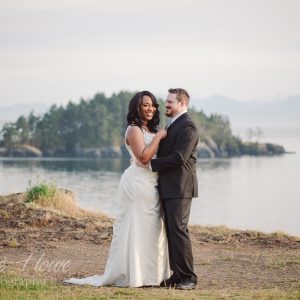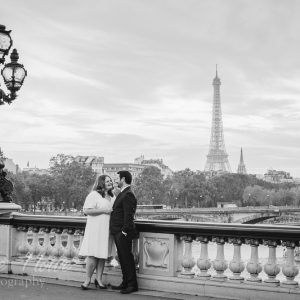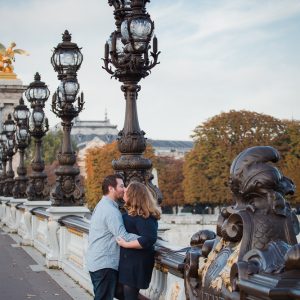Tuesday’s Tip #9:
Make sure you know what your subject is and try to isolate it. You may not want people to search around your image looking for something that could be important, but never knowing for sure. There are lots of ways to isolate, and therefore emphasize your subject.
One way is easy. Zoom in, or move close, so that you have only the subject in your viewfinder. Duh. 😉
Another technique uses leading lines. This is an old rule of composition in photography. If your subject is pretty far away, see if you can find some existing lines in the landscape to guide the eye to your subject. Roads are often good tools for guiding your eye in a landscape, because they are well defined and force your eye to wherever they end, even if there is no subject at the end. Sometimes you just want to direct the eye to where it should go, whether you have a specific subject or not. As long as the eyes have a place to go.
Another way is to selectively focus. Maybe the background tells a part of your story, but it’s not as important. Try decreasing your depth-of-field (I will be covering this at my free class in 2 weeks!), so that the background is still visible, but fuzzy. When your background is blurred and your subject is sharp, it stands out really well. This also helps eliminate any background mess that could be a distraction, such as a parked car behind a portrait. It takes practice, and the circumstances have to be right, but photography can be a lot more fun when you realize you have this kind of power! See how a shallow depth of field and selective focus works to isolate my friend’s adorable dog? I bet you wouldn’t notice someone’s legs in the background if I didn’t point them out to you.

Just try to be more aware and your photography will improve. If something is popping up a little behind your baby’s head, simply get lower so that the thing disappears. Easy peasy! If a bright red toy is like a shining beacon in your green yard, remove it. If your subject blends into the background because there is not enough light to define him/her, then have the person move into some light. Better yet, position the light if you have that option!
As with all “rules” of photography, they are guides to get you started. Learn them, know them, and keep them in mind. Creativity is often about breaking the rules, so don’t let the rules stop you! Have fun!
Have any questions? Leave them in the comments below. Maybe I can answer your question in next week’s post. 🙂





